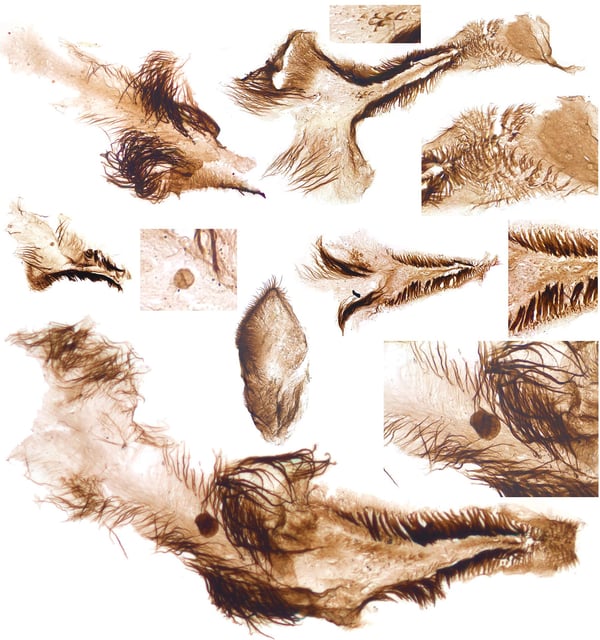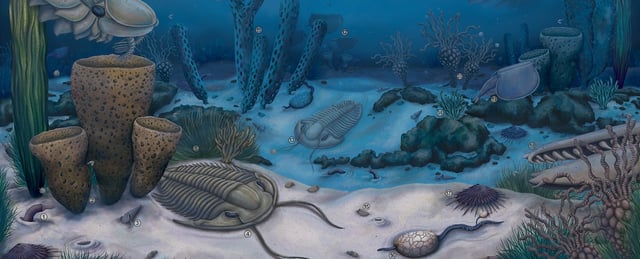Overview
- A University of Cambridge-led team reported in Science Advances the first soft-bodied animal fossils from the middle Cambrian Bright Angel Formation, dating 507 to 502 million years ago.
- Analyses show that shallow, oxygen-rich and nutrient-laden waters in the ancient Grand Canyon acted as a ‘Goldilocks zone’ that fueled accelerated evolution during the Cambrian explosion.
- Researchers dissolved mudstone samples in hydrofluoric acid, sieved the residues and used high-powered microscopy to extract and identify thousands of microscopic fossils.
- The assemblage includes rock-scraping mollusks with tooth belts, filter-feeding crustaceans bearing comb-like limbs and molar structures, spiky-toothed worms and a newly named priapulid, Kraytdraco spectatus, with branching dental arrays.
- Scientists are now integrating these findings into broader models of Cambrian biodiversity and environmental drivers to refine our understanding of early animal diversification.



